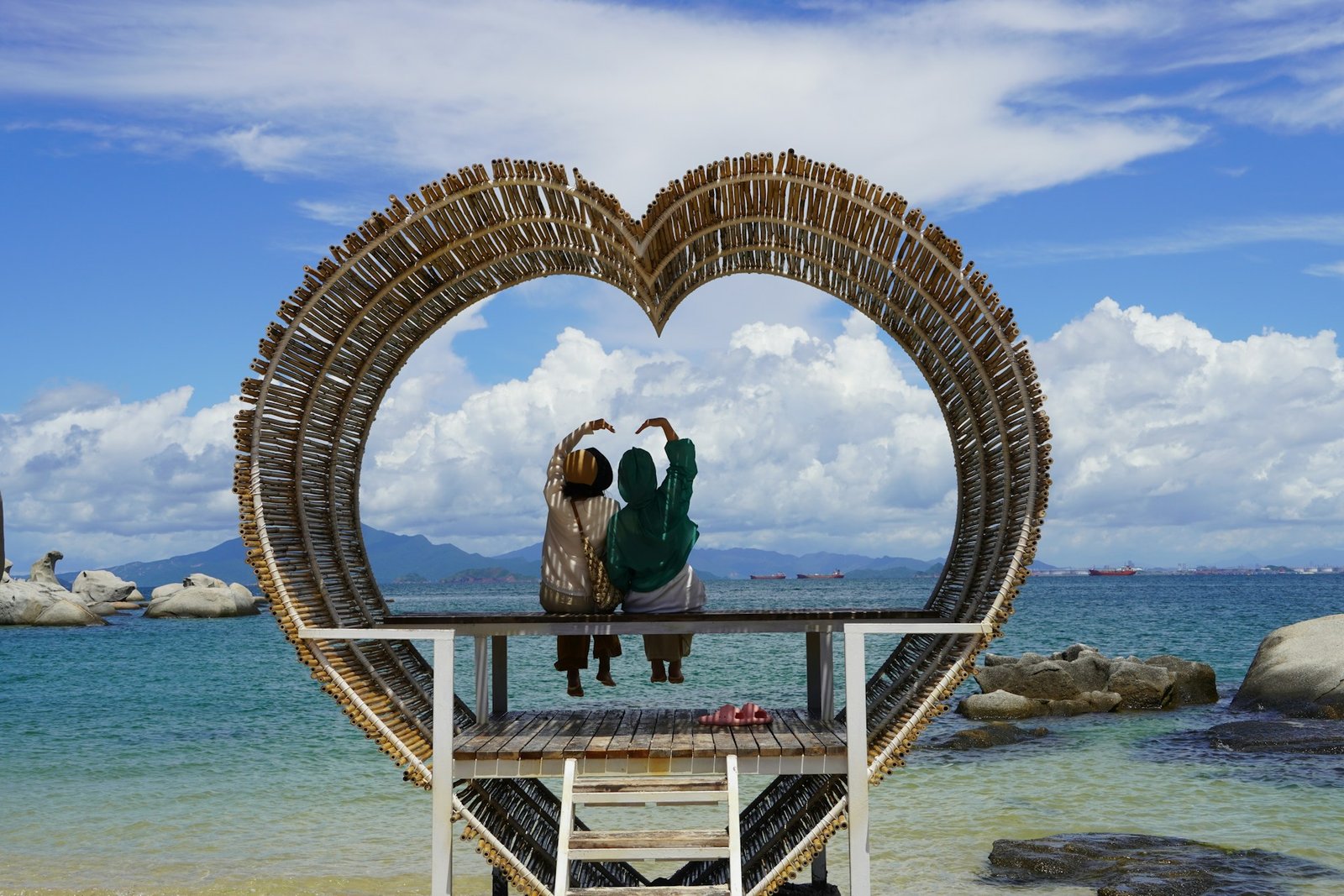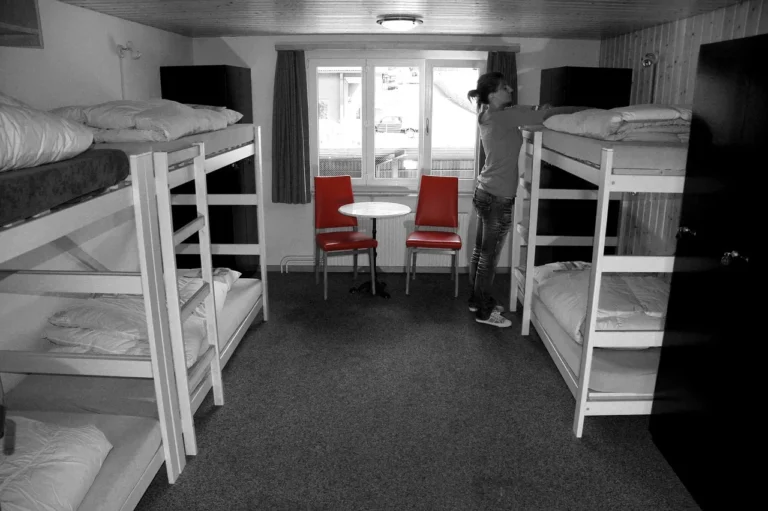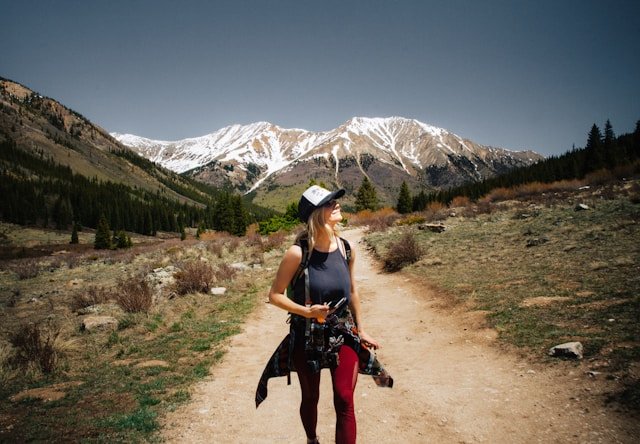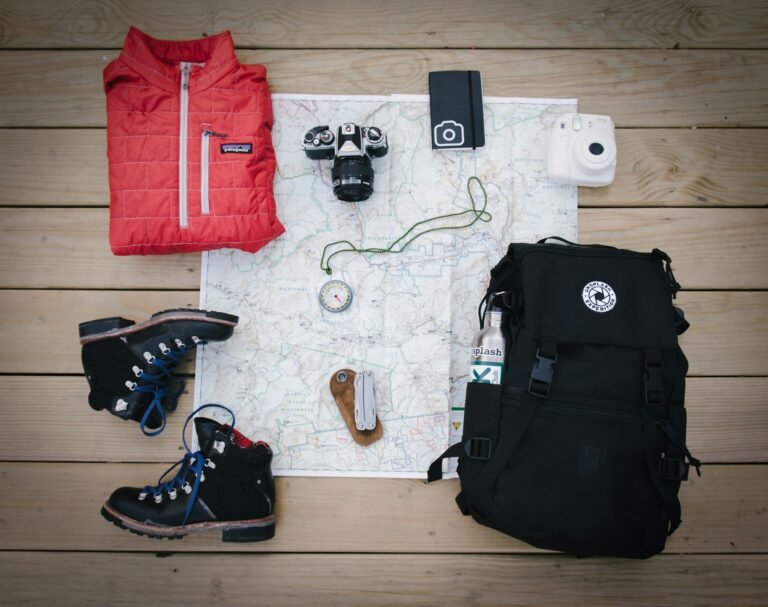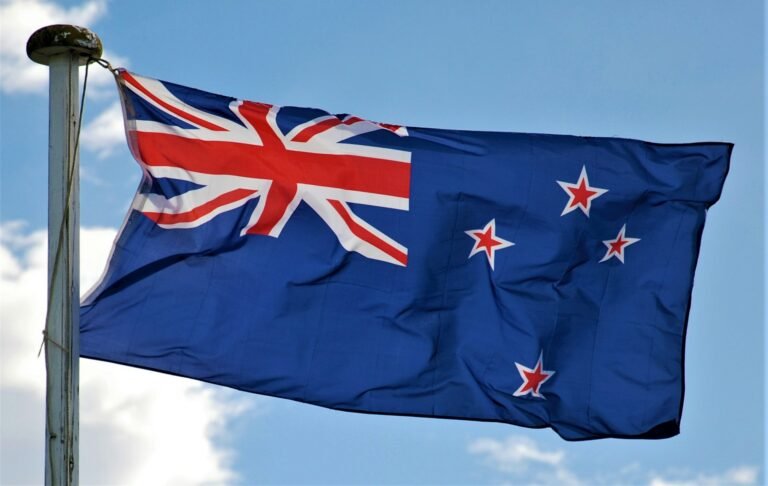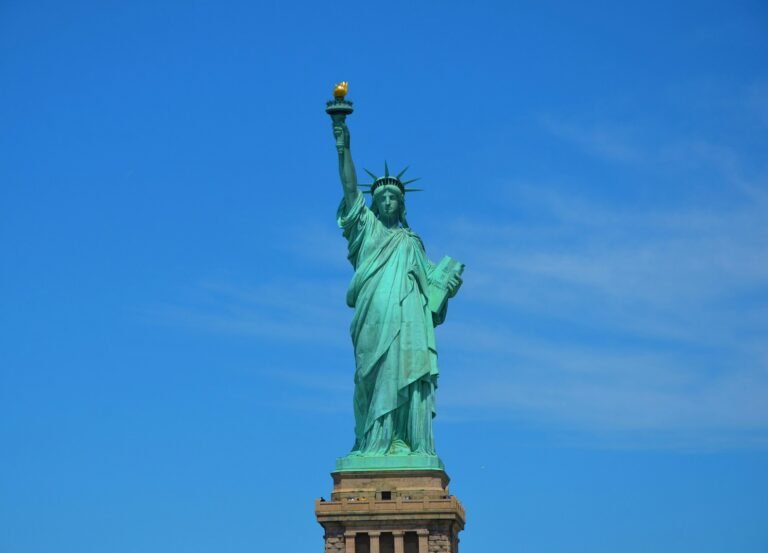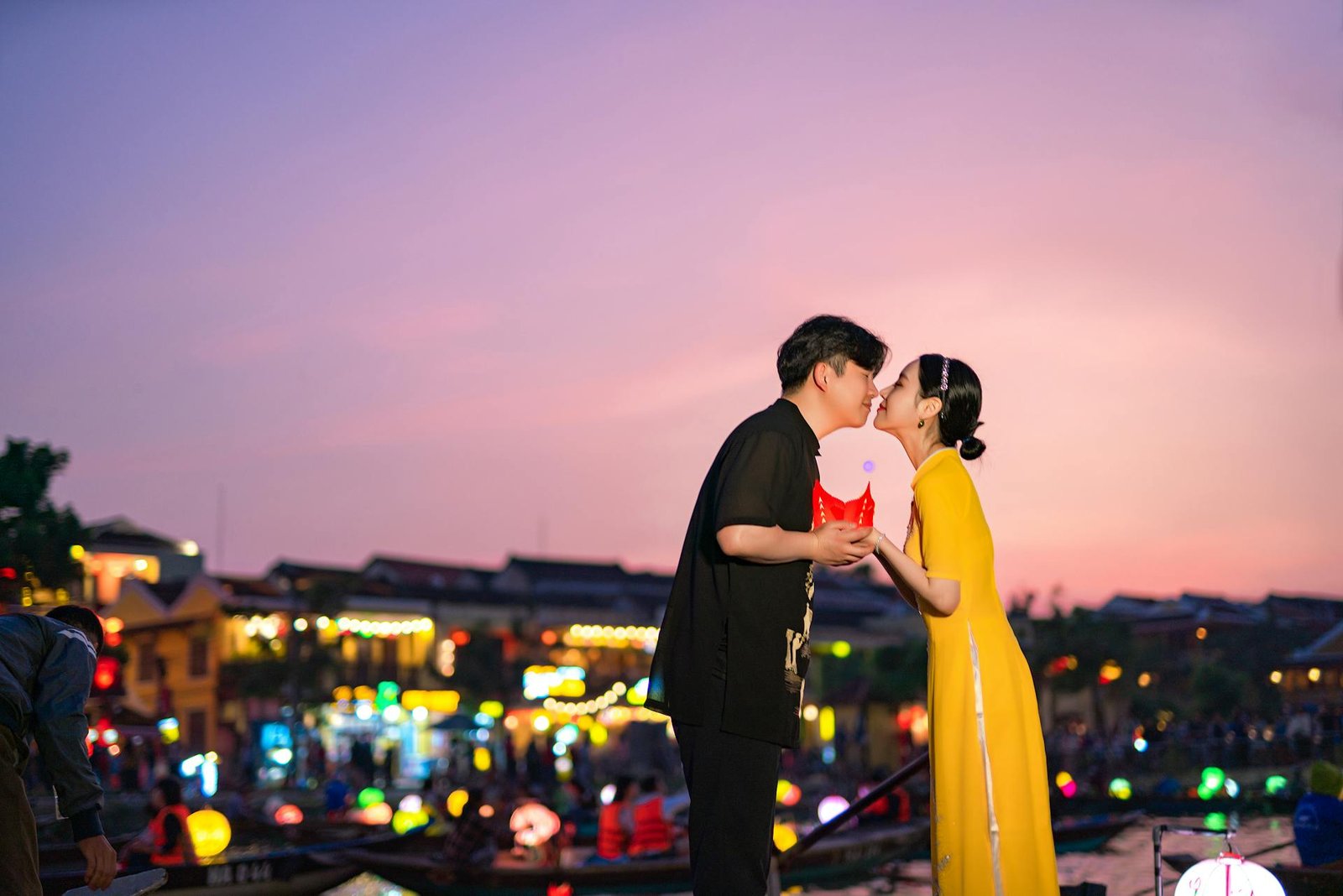
Look, I’ll be honest with you. After spending the last eighteen months documenting friends’ honeymoons through their endless Instagram stories (and yes, I’m guilty of double-tapping every single sunset photo), I’ve noticed something. The most memorable honeymoons aren’t always the ones with the most exotic locations or the biggest budgets. They’re the ones where couples actually figured out what they wanted, together.
Let me tell you about my friend Sarah. She and her partner spent months planning what they thought would be the perfect honeymoon in the Maldives. Picture-perfect overwater bungalows, private dinners on the beach, the works. But here’s the thing—Sarah gets seasick, and her partner is claustrophobic. By day three, they were both miserable. The Instagram photos looked incredible, but they spent most of their time nauseous and anxious.
Compare that to my cousin Jake, who had a “boring” honeymoon in the Cotswolds. They stayed in a cozy pub, hiked through villages, and spent their evenings playing cards by the fire. No exotic beaches, no luxury resorts. But they still talk about it as the best week of their lives, three years later.
The difference? One couple planned for the gram. The other planned for themselves.
Start With Your Actual Relationship, Not Your Pinterest Board
Here’s what nobody tells you about honeymoon planning: the destination matters less than understanding what you both need to recharge after the wedding madness. Most couples are planning to spend between $4,000 to $6,000 for their post-wedding getaway, but throwing money at a problem doesn’t automatically create memories.
Before you start browsing those glossy resort websites, have an honest conversation about what you both actually enjoy. Are you the couple that bonds over adventure and adrenaline? Or do you connect best when you’re horizontal with a good book and zero agenda?
I learned this the hard way during my own honeymoon planning. My partner and I spent weeks debating between Bali and Iceland because we were trying to check boxes: romantic tropical paradise versus unique adventure destination. What we should have been asking was: “What do we need right now, as a couple, to feel refreshed and connected?”

The Art of Timing (And Why Everyone Gets This Wrong)
Most people focus on where to go but completely ignore when to go. Stick to shoulder-season travel, or even off-season travel if you’re not afraid of some unpredictable weather—your wallet will thank you, and you’ll often have better experiences without the crowds.
But here’s the real timing secret: don’t rush off immediately after your wedding. I know, I know, tradition says you should jet off into the sunset within 24 hours. But you just threw a massive party, possibly spent months in planning mode, and you’re probably exhausted. Give yourself a week to decompress, do laundry, and actually process the fact that you’re married.
Some couples are catching onto this. Couples are combining bucket list adventures, like climbing Mount Kilimanjaro with relaxation spots, creating what experts call dual-purpose honeymoons. It’s brilliant, actually—you get the adventure photos and the genuine recovery time.
Budget Reality Check: It’s Not About the Money (Mostly)
Let’s talk numbers for a second. While almost 20% of couples are going all out, bumping their budgets up beyond the typical range, some of the most memorable honeymoons I’ve witnessed happened on tight budgets.
My friends Emma and David had exactly $1,500 to work with. Instead of trying to stretch it into a week-long international trip, they chose a long weekend in a cabin three hours from home. They disconnected completely—no phones, no internet, just them, a hot tub, and a stack of books they’d been meaning to read. They called it their “digital detox honeymoon,” and honestly, it sounded more romantic than half the resort stories I’d heard.
The secret is being strategic about where you splurge. Maybe you stay somewhere basic but book one incredible dinner. Or perhaps you take a longer trip but cook most of your meals. The goal is to create moments that matter to you, not to impress your Instagram followers.
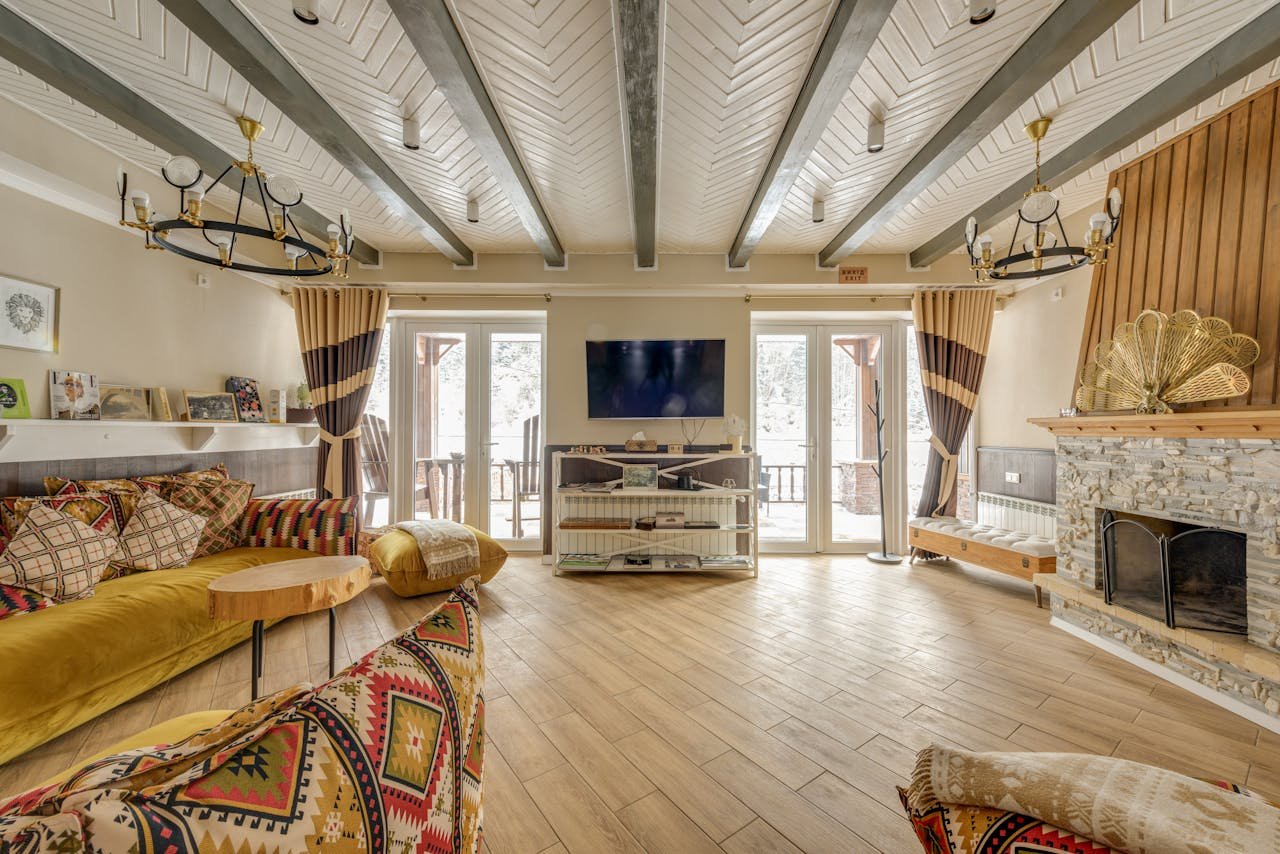
Destination Decoded: What the Trends Actually Mean
Popular 2025 destinations include the Maldives, the Greek Islands, and Thailand’s Koh Samui, but before you book that overwater bungalow, consider what you’re actually seeking.
If you want pure relaxation: Think beyond the obvious tropical spots. Portugal’s Azores offer stunning beaches without the Caribbean crowds. Slovenia’s Lake Bled provides fairy-tale scenery with accessible luxury. Even domestic options like Napa Valley or the Outer Banks can deliver romance without the jetlag.
If you’re adventure seekers: Purpose-led trips are one of the biggest trends in the travel world right now, and honeymoons are no different. Consider destinations where you can learn something together—cooking classes in Tuscany, photography workshops in Patagonia, or wildlife conservation projects in Costa Rica.
If you’re culture lovers: Instead of hitting the tourist traps in Paris or Rome, consider emerging destinations like Georgia (the country, not the state), Estonia, or even domestic gems like Savannah or Santa Fe.
The Compromise Game: How to Blend Two Dream Destinations
Often times, a honeymoon is an early introduction into the subtle art of compromise, and this is where things get interesting. You want beaches; they want mountains. You want adventure; they want spa days. You want to explore; they want to stay put.
Here’s a framework that actually works: the 70-30 rule. Plan 70% of your trip around shared interests, and give each person 30% to choose something they’re passionate about. Maybe that means three days of hiking followed by two days of wine tasting, or alternating between cultural sites and beach time.
I watched my friends navigate this beautifully in Portugal. She’s a history buff; he’s a foodie. They spent mornings exploring medieval towns and castles, afternoons at cooking classes and wine tastings. Both got their fix, and they discovered new interests together.
The Honeymoon Mistakes That Ruin Everything
After hearing countless honeymoon horror stories, I’ve identified the patterns that turn dream trips into relationship stress tests:
Over-scheduling: Avoid cramming too many activities into your itinerary. Allow for downtime to relax and truly enjoy each other’s company. You’re not trying to win some efficiency award here.
Choosing destinations for other people: The dreamy locations or trips and tours could be amazing for that one photo moment, but make sure it is what you want, don’t just do it and go there for the gram!
Ignoring practical considerations: That resort looks amazing, but if you’re both introverts, a couples-only property might feel more comfortable than a family-friendly resort with pool parties.
Forgetting you’re both probably tired: Wedding planning is exhausting. Your honeymoon should help you recover, not add more stress.
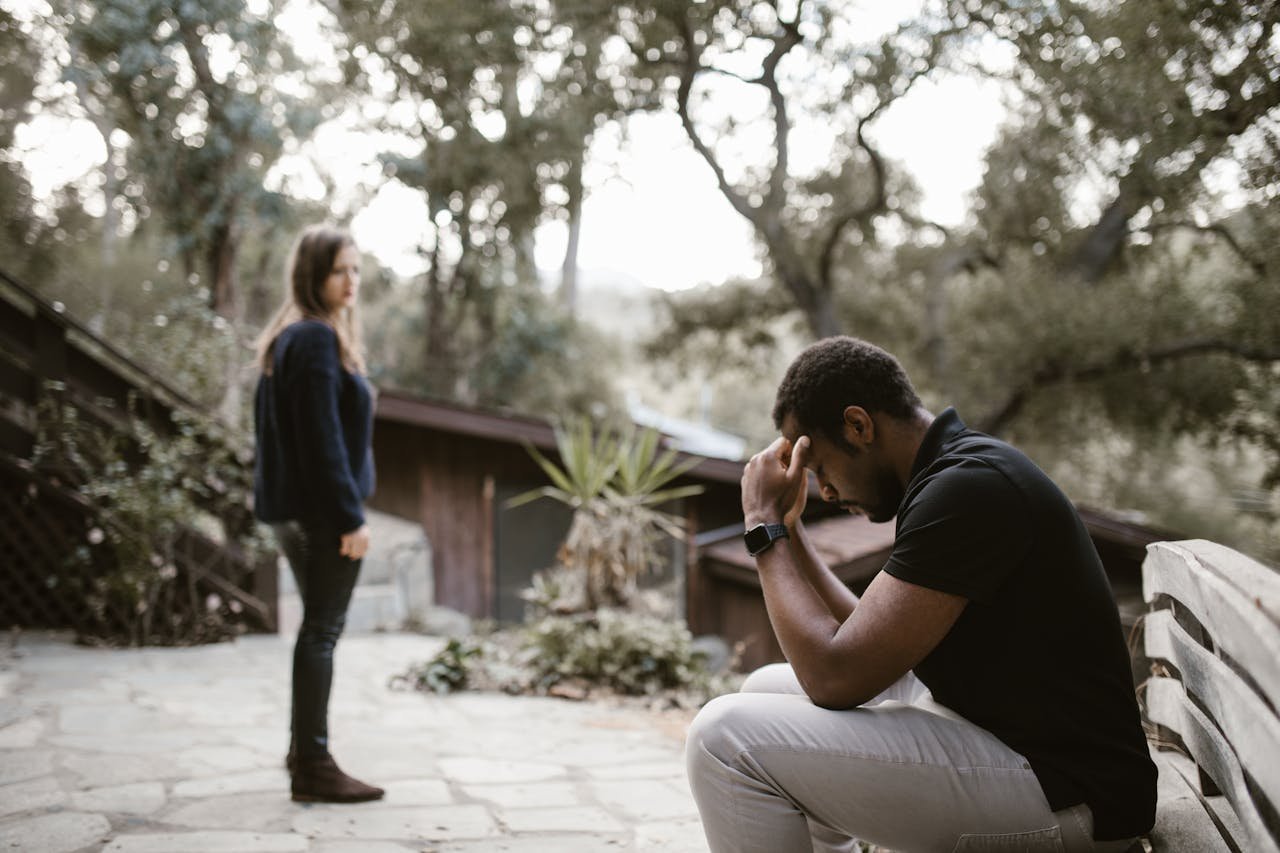
Creating Moments That Actually Matter
The honeymoons that people remember aren’t usually the ones with the most expensive activities. They’re the ones with the most authentic moments. Here’s how to engineer those:
Build in spontaneity: Don’t plan every meal, every activity, every moment. Leave room for discoveries—that random restaurant you stumble upon, the local festival you didn’t know was happening, the extra day you decide to stay somewhere because you love it.
Document thoughtfully: Instead of photographing everything, choose a few moments each day to really capture. Better yet, keep a joint journal. Write down the funny things that happen, the conversations you have, the food you discover.
Connect with locals: The best travel experiences happen when you step outside the tourist bubble. Take a cooking class with a local family, join a community event, or simply ask your hotel concierge for their personal recommendations.
Embrace the unexpected: Flight delayed? Explore the airport city. Restaurant closed? Find the local dive bar. Rain on your beach day? Discover what the destination is like when it’s not perfect.
Practical Planning That Actually Works
Here’s the step-by-step approach that eliminates 90% of honeymoon stress:
- Start with your non-negotiables: What do you absolutely need to feel relaxed and connected?
- Set your real budget: Include everything—flights, accommodation, food, activities, souvenirs, and a 20% buffer for unexpected costs.
- Research shoulder seasons: Secure travel insurance, valid passports, and necessary visas at least 8 weeks before departure. But also understand when your destination is at its best value.
- Book in phases: Flights and accommodation first, then activities, then restaurants. This prevents overwhelming yourselves.
- Prepare for the unexpected: Travel insurance isn’t just for canceled flights—it covers everything from lost luggage to medical emergencies.
The Honeymoon Planning Timeline
| When | What to Do |
| 6-8 months before | Research destinations, set budget, book flights |
| 4-6 months before | Book accommodation, research activities |
| 2-3 months before | Plan specific activities, make restaurant reservations |
| 1 month before | Confirm all bookings, check travel documents |
| 1 week before | Pack, get local currency, download offline maps |
The New Honeymoon: Beyond Traditional Romance
From recruiting some pals for a buddymoon to using the opportunity to finally take a sabbatical, modern honeymoons are breaking traditional molds. Some couples are choosing longer trips (hello, sabbatical honeymoons), others are bringing friends or family (welcome to the “buddymoon”), and many are focusing on experiences over luxury.
The point isn’t to follow trends—it’s to create something that reflects who you are as a couple. Maybe that’s a cross-country road trip, a volunteer vacation, or a month-long backpacking adventure. Maybe it’s a staycation where you explore your own city like tourists. The only rule is that it should feel authentic to your relationship.
Making It Memorable: The Details That Matter
The honeymoons that stick in people’s minds aren’t necessarily the most expensive or exotic—they’re the ones where couples paid attention to the details that mattered to them:
- Creating rituals: morning coffee on the balcony, evening walks, or sharing a journal
- Disconnecting from the wedding planning mindset and actually being present
- Saying yes to unexpected opportunities and no to obligations
- Focusing on each other instead of documenting everything for social media
I think about my friends who spent their honeymoon learning to surf in Portugal. They were terrible at it, spent most of their time getting tossed around by waves, and came home with impressive bruises. But they still laugh about it constantly. Those shared failures became inside jokes, and that week became the foundation for their “let’s try new things together” approach to marriage.
Your Honeymoon Isn’t Just a Vacation
Here’s what I’ve learned from watching dozens of couples plan honeymoons: the most memorable ones aren’t about the destination or the budget. They’re about taking time to transition from “we’re planning a wedding” to “we’re married and figuring out this new life together.”
Your honeymoon is your first official act as a married couple. It sets the tone for how you’ll approach decisions, handle stress, and create experiences together. Choose something that reflects who you are, not who you think you should be.
And remember—if your honeymoon doesn’t go according to plan, that’s often when the best memories happen. The goal isn’t perfection; it’s connection.
Top Honeymoon Destinations and Experiences
Romantic Destinations
- Santorini, Greece – Official Greece Tourism – Iconic sunsets and intimate cave hotels
- Kyoto, Japan – Japan National Tourism – Cherry blossoms and traditional ryokans
- Tuscany, Italy – Tuscany Tourism – Wine regions and cooking classes
- Bali, Indonesia – Indonesia Tourism – Luxury resorts and cultural experiences
- Maldives – Maldives Tourism – Overwater bungalows and pristine beaches
Adventure Honeymoons
- Patagonia, Chile/Argentina – Chile Tourism – Hiking and dramatic landscapes
- New Zealand – New Zealand Tourism – Adrenaline activities and stunning scenery
- Costa Rica – Costa Rica Tourism – Wildlife and adventure sports
- Iceland – Iceland Tourism – Northern lights and unique landscapes
- Nepal – Nepal Tourism – Trekking and cultural immersion
Cultural Experiences
- Morocco – Morocco Tourism – Riads and souks in Marrakech
- India (Rajasthan) – India Tourism – Palace hotels and cultural richness
- Vietnam – Vietnam Tourism – Street food and historical sites
- Egypt – Egypt Tourism – Ancient history and Nile cruises
- Peru – Peru Tourism – Machu Picchu and culinary experiences
Relaxation Retreats
- Seychelles – Seychelles Tourism – Private islands and luxury spas
- Fiji – Fiji Tourism – Adults-only resorts and coral reefs
- Barbados – Barbados Tourism – Rum tours and beautiful beaches
- Turks and Caicos – Turks and Caicos Tourism – Pristine beaches and luxury resorts
- French Polynesia – Tahiti Tourism – Bora Bora and romantic overwater stays
Frequently Asked Questions
Q: How far in advance should I book my honeymoon? A: Book 4-6 months in advance for the best selection and prices, though popular destinations during peak seasons may require 8-12 months planning.
Q: What’s a reasonable honeymoon budget? A: Most couples spend $4,000-$6,000, but memorable honeymoons can happen at any budget level with smart planning and prioritizing what matters most to you.
Q: Should we book through a travel agent or plan ourselves? A: For complex international trips or if you’re too busy with wedding planning, a travel agent can save time and stress. For simpler trips, DIY planning gives you more control and often better value.
Q: How long should a honeymoon be? A: 7-10 days is most common, but the “right” length depends on your budget, work schedules, and travel style. Some couples prefer shorter, more luxurious trips while others choose longer, budget-friendly adventures.
Q: Is travel insurance necessary for honeymoons? A: Yes, especially for international travel or expensive trips. It protects against flight cancellations, medical emergencies, and lost luggage.
Q: What if we have different ideas about our ideal honeymoon? A: Use the 70-30 rule: plan 70% around shared interests and give each person 30% to choose something they’re passionate about. Communication and compromise are key.
Q: Should we go immediately after the wedding? A: Not necessarily. Many couples find it less stressful to take a week to recover from the wedding before traveling, especially for long-haul international trips.
Q: How do we choose between so many amazing destinations? A: Focus on what you need as a couple right now—relaxation, adventure, culture, or connection. The destination should match your relationship style and current life stage.
Q: What are the biggest honeymoon planning mistakes to avoid? A: Over-scheduling, choosing destinations for Instagram rather than yourselves, ignoring practical considerations, and not planning for post-wedding exhaustion.
Q: Can we have a great honeymoon without traveling internationally? A: Absolutely! Some of the most memorable honeymoons happen close to home. Focus on creating special moments and disconnecting from daily routines rather than exotic locations.

